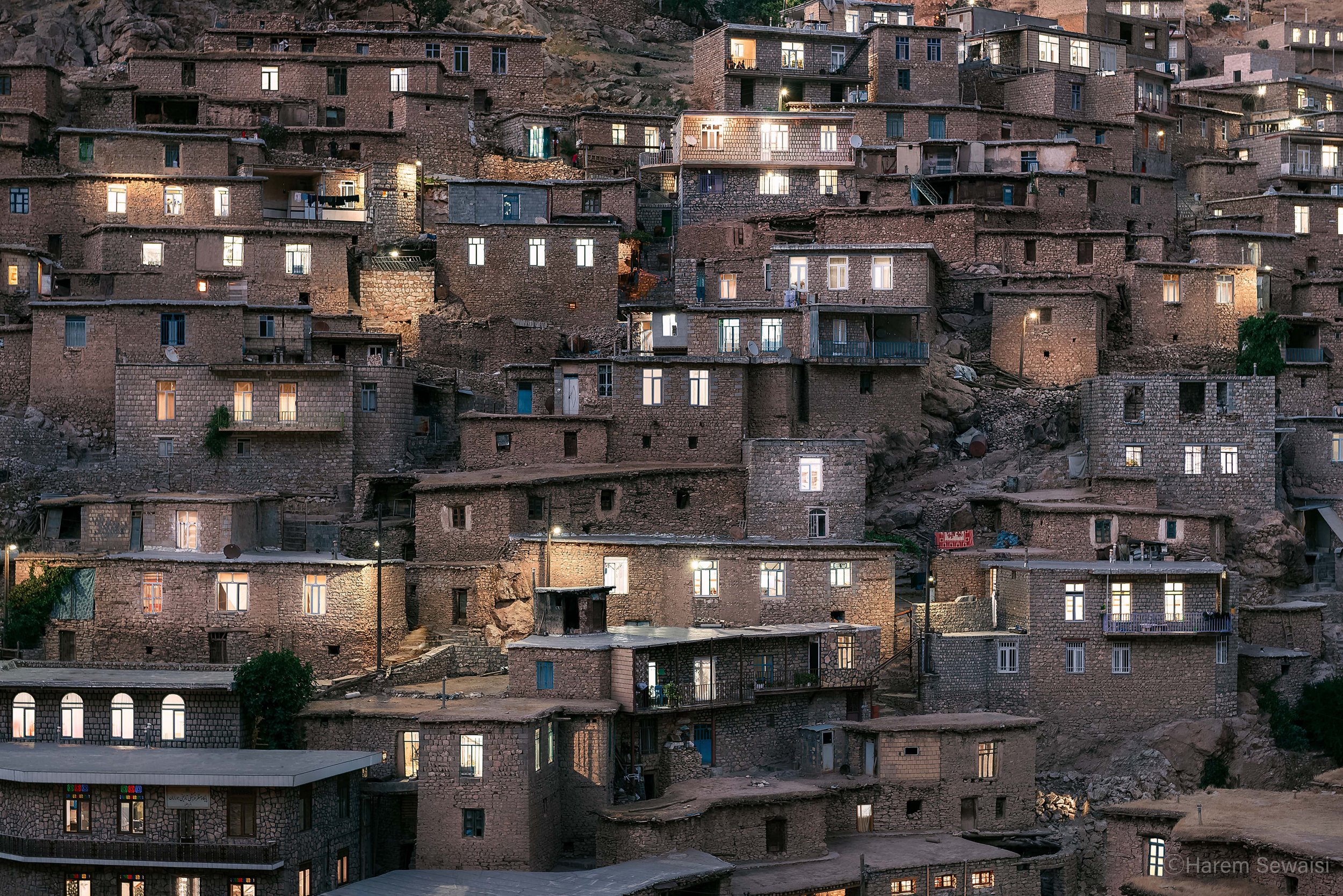Using a tripod for landscape photography goes a long way in creating beautiful landscape photos. One of the secrets of landscape photography is to keep your camera as still as possible, especially in low light, and the solution to this problem is to use a sturdy tripod. Even if you can't get to the best scenery or can't lug a tripod around, it's always a good idea to have a camera (even an iPhone camera) handy. Just remember that you will be much more mobile with a smartphone than with a camera and a tripod, so try to use this to your advantage when looking for landscape composition.
This is probably the first step in improving your landscape photography, as it's important to use the light to your advantage, whether you're using a DSLR, film camera, or even a soapbox.
To complement our landscape photography workflow, keep in mind that golden and blue hour photography really makes your images stand out and can make the difference between regular and combined photos. Golden hour can be considered the best time for landscape photography because in the right conditions you will get warm and spectacular light. It's a good practice to get to where you want to shoot from the reconnaissance in the panorama above before the golden hour and blue hour start, to give yourself time to adjust (and not lose good light). Choosing the best settings for long exposure landscape photography isn't easy; it requires more editing and experience than shooting standard images, but practice makes perfect, so you'll see how intuitively you can choose the right settings.
If you are shooting long exposure landscapes in low light or at night, the aperture should be as wide as possible to capture as much light as possible. Shoot in a wide aperture mode like f/2 if you want to blur the background, otherwise shoot in manual or program mode with a small aperture like f/10+ and you'll find your images are nice and sharp in every way. Path through distance. If you're shooting in mixed lighting, or if the camera is having trouble framing the shot, you can set the white balance manually. You can quickly fix these images using your camera's built-in exposure compensation to make your subject look perfect.
Make sure you use quality filters if you don't want to see horrible color casts in long exposure panoramic images. Some photographers prefer to shoot landscapes on film using medium and large format film cameras, and when done right, you can create impressive images with exceptional detail and resolution. Shooting challenging landscapes in low light and awkward angles provides enough practice when you can get out there and apply all the landscape photography tips above. In low light conditions, you can use the aperture priority mode (``A'' or ``Av'') to get as much light into the lens as possible, or if you are shooting landscapes on a tripod, you can stop down the lens aperture to increase the depth of field, keeping everything in focus from the foreground to the horizon.


